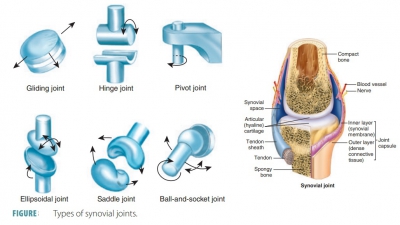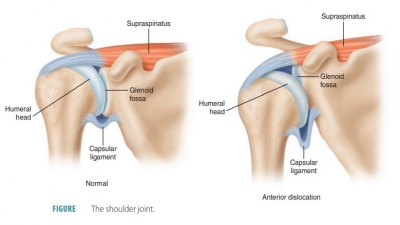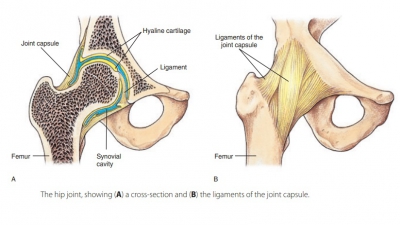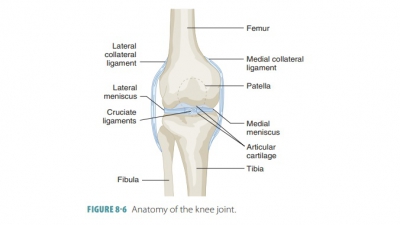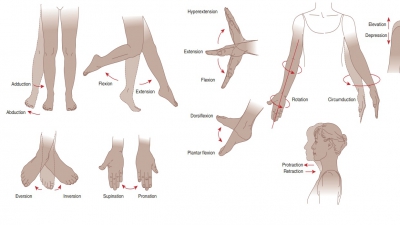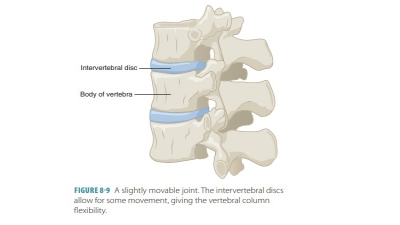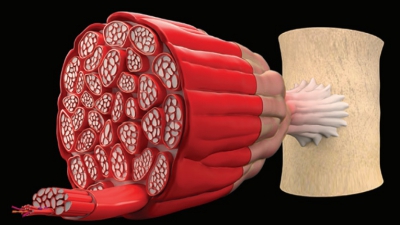Temporomandibular Joints (TMJ)
| Home | | Anatomy and Physiology | | Anatomy and Physiology Health Education (APHE) |Chapter: Anatomy and Physiology for Health Professionals: Support and Movement: Articulations
Each temporomandibular joint (TMJ) in the jaw is a modified hinge joint.
Temporomandibular
Joints
Each temporomandibular
joint (TMJ) in the jaw is a modified
hinge joint. Lying just anterior to the ear, the condylar process of the
mandible is articulated with the inferior surface of the squamous area of the
temporal bone. The condylar process is shaped like an egg. The articular
sur-face of the temporal bone, however, has a more complicated shape. Anteriorly,
it forms the dense
knoblike structure known as the articular tubercle. Posteriorly, it
forms the concave-shaped mandib-ular
fossa. The lateral aspect of the loose articular capsule encloses the TMJ and thickens to form the lateral ligament. Inside the capsule, the articular disc divides the synovial cavity into superior and
inferiorsections.
The (TMJ) allows two types of
movement. Its concave inferior disc surface receives the mandible’s condylar
process. This allows the hinge-like move-ment of depressing and elevating the
mandible as the mouth is opened and closed. The second type of movement occurs
as the superior disc surface glides anteriorly with the condylar process as the
mouth is widely opened. This anterior movement braces the condylar process
against the articular tubercle. Therefore, the mandible cannot move through the
thin “roof ” of the mandibular fossa when biting is required of hard foods. The
superior section allows the joint to glide from side to side. When grinding
motions occur, the posterior teeth are drawn into occlusion, and the mandible
moves side to side, a movement known as lateral
excursion. This lateral movement of the jaw only occurs in humans and other
mammals.
